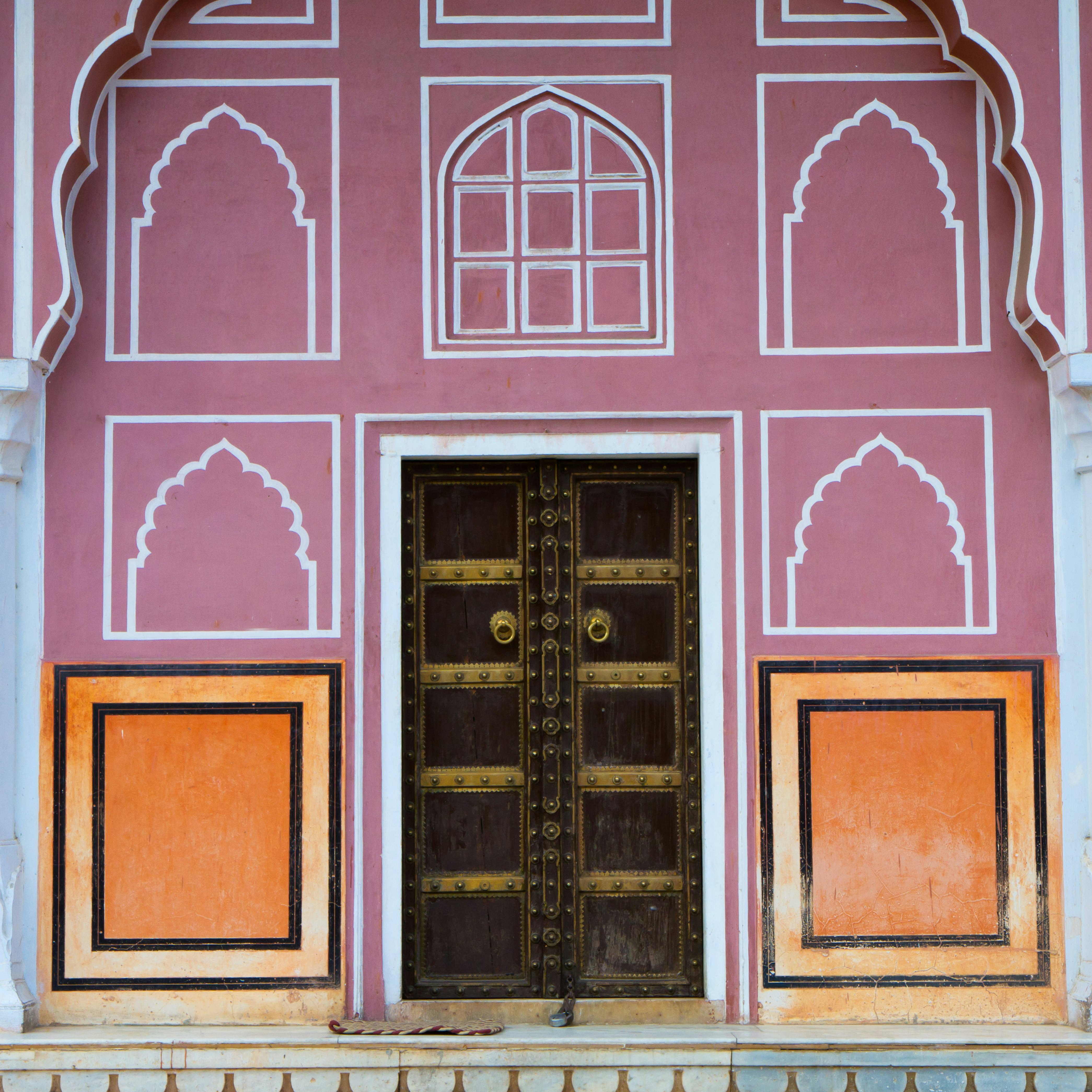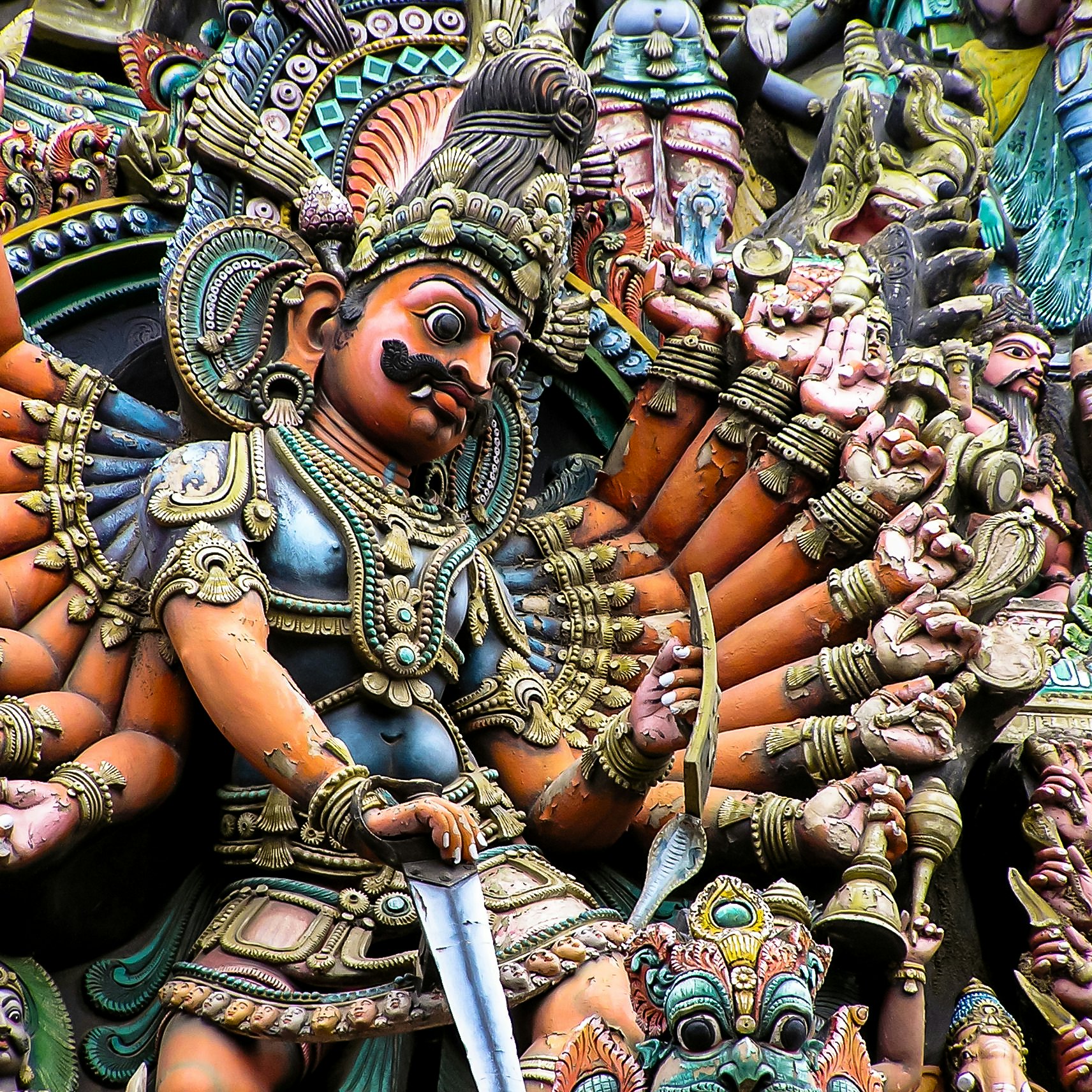

© Sylwia Bartyzel
Overview
With its sumptuous mix of traditions, spiritual beliefs, festivals, architecture and landscapes, India will set your memories ablaze long after you've left its shores.
Leave the planning to a local expert
Experience the real India. Let a local expert handle the planning for you.
Must-see attractions
Planning Tools
Expert guidance to help you plan your trip
Best Things to Do
In a country as vast as India, where do you begin? Try our list of the top things to do in India, from temple trips to tiger safaris.
Read full article
Best Places to Visit
Explore the lesser-known sides of India's history at these ancient sites.
Read full article
Best Time to Visit
India is so vast that seasons mean different things as you travel from region to region. Here's the lowdown on when to visit for the perfect India trip.
Read full article
Things to Know
India's overwhelming size and diversity can be a lot for first-time visitors. Make it easier with our tips on what you need to know before your visit.
Read full article
Transportation
India serves up endlessly evocative experiences but its sheer scale can be overwhelming. Here's everything you need to know about getting around in India.
Read full article
Visa Requirements
India has more to see than you could fit into a lifetime, but visas are easy to arrange. Here's the lowdown on the visa requirements for India.
Read full article
Money and Costs
India is one of the most affordable countries in the world to visit. Make your money go even further with these budget friendly tips.
Read full article
Best Road Trips
Rumbling across India's varied roads and terrains is an unforgettable way to experience this sensational country. These are our 9 favorite road trips.
Read full article
Get Connected
Stay fully connected on your next trip with this guide to local wi-fi networks in India, eSIM options in India and data in India.
Read full article
Get a book. Get inspired. Get exploring.
in partnership with getyourguide
























